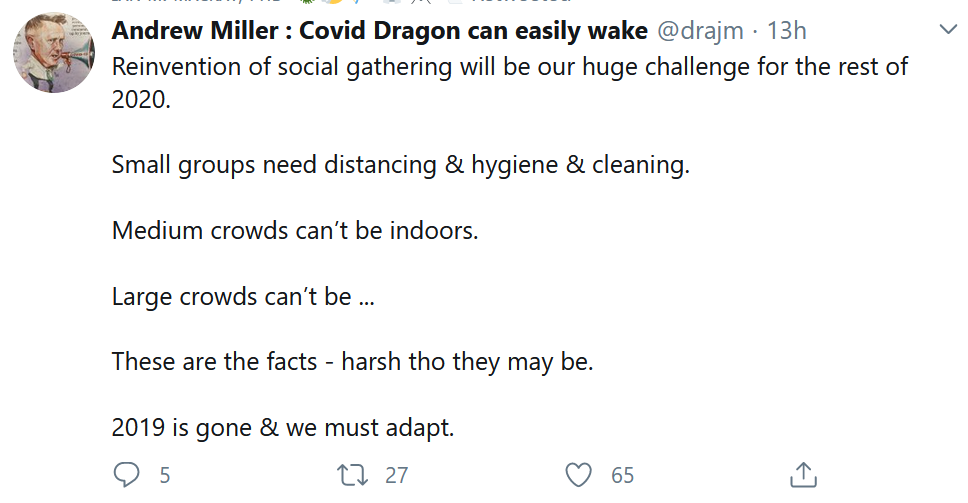Get In-depth Biotech Coverage with Timmerman Report.
21
May
2020
Day One, Taking a Page from Rare Disease Playbook, Raises $60M for Kids With Cancer
Please subscribe and tell your friends why it’s worthwhile. Quality journalism costs money. When you subscribe to Timmerman Report at $169 per year, you reward quality independent biotech reporting, and encourage more.



















